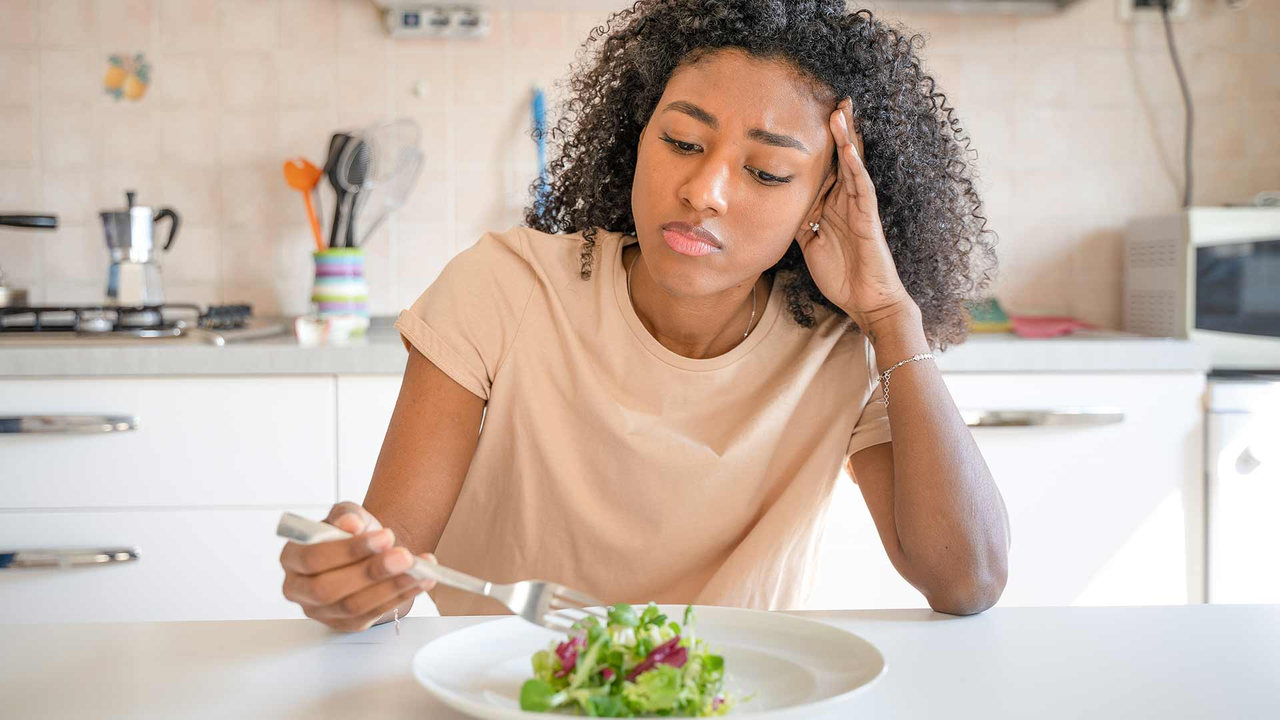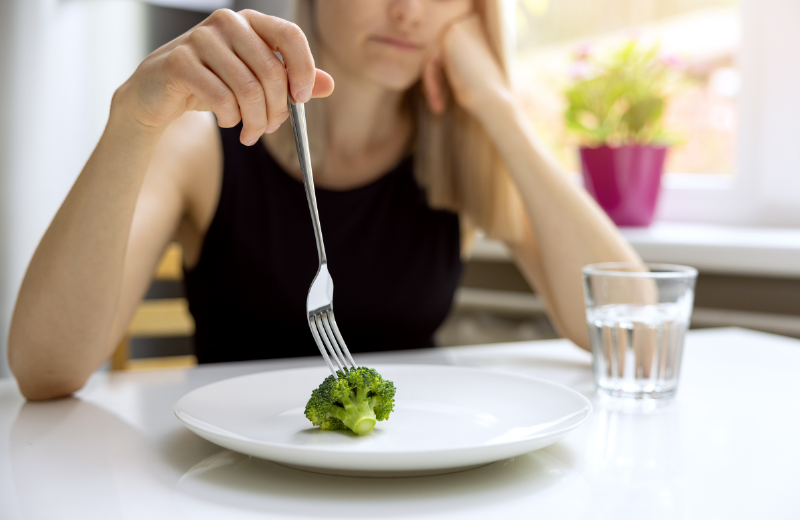Intro: Nutritional healing after an eating disorder isn’t about rigid meal plans or calorie counting. It’s gently coaxing your body back into trusting nourishment—a biological reconciliation requiring patience and precision.
1:Why “Just Eat More” Fails
The most dangerous myth? Believing recovery means simply increasing food quantities. When the body has endured prolonged starvation or chaotic eating, its metabolic machinery operates like a rusty engine—forcing too much fuel too fast causes breakdowns. Emma, recovering from anorexia, explains: “My team pushed high-calorie shakes immediately. I gained weight rapidly, but my electrolytes crashed, landing me in the ER with heart palpitations.” This occurs because:
- Refeeding syndrome risk: Depleted phosphorus/magnesium stores struggle to process sudden carbohydrates, threatening cardiac function
- Gut paralysis: Slowed digestion from malnutrition rejects large volumes, causing severe bloating and pain
- Metabolic shock: A metabolism hibernating at 800 calories can’t safely jump to 2500+ overnight Successful nutritional rehabilitation follows a “Goldilocks principle”—not too little, not too much, but just enough to awaken metabolism without overwhelming it. This often starts with frequent mini-meals (every 2-3 hours) of easily digestible foods: oatmeal with mashed banana, scrambled eggs with avocado, or lentil soup.
2:The Macronutrient Balancing Act
Rebuilding a starved body requires strategic nutrient combinations most recovery plans overlook:
Protein’s Dual Role
Beyond repairing muscle, proteins like salmon, Greek yogurt, and tofu provide amino acids that manufacture serotonin—the neurotransmitter depleted in eating disorders. Too little protein = persistent depression; too much = kidney strain. Aim for palm-sized portions at each meal.
Fats: Brain Medicine in Disguise
Avocados, nuts, and olive oil aren’t just calories—they’re literal brain rebuilders. The hippocampus (damaged by malnutrition) requires omega-3s to heal memory and emotional regulation. Yet fat phobia runs deep. Nutritionist Dr. Lena Torres notes: “Clients tolerate nuts ground into oatmeal months before whole almonds.”
Carbohydrates: The Gentle Ignition
Whole grains and fruits restore liver glycogen reserves that stabilize blood sugar, reducing anxiety and binge urges. But introducing them requires artfulness:
- Start with cooked starches (sweet potato > raw apple)
- Pair carbs with fats/proteins to slow absorption
- Time intake: Morning carbs reduce nighttime bingeing urges
3:Micro-nutrients: The Silent Healers
While calories repair visible damage, vitamins/minerals conduct cellular restoration:
Zinc
Deficiency causes taste distortion (foods taste metallic) and appetite loss—critical to supplement early. Found in pumpkin seeds and beef.
Magnesium
Restores circadian rhythms and reduces muscle cramps. Epsom salt baths and spinach help absorption.
Vitamin D
Repairs hormone pathways. Sun exposure + fatty fish is ideal, but supplements are often needed.
Caution: Multivitamins can’t replace food. Synthetic vitamins without food co-factors pass unused. Focus first on food sources, supplementing only specific deficiencies confirmed by blood tests.
4:The Psychology on the Plate
Nutritional recovery isn’t biochemical—it’s emotional. Strategic food exposure therapy rewires fear responses:
Hierarchy of Challenging Foods
- Neutral foods (rice, plain chicken)
- “Safe” fear foods (whole milk instead of skim)
- Formerly beloved foods (pizza, ice cream)
- Social eating situations (birthday cakes, buffets)
Ritual Retraining
- Before eating: “This salmon will help my hair regrow”
- During eating: Place utensils down between bites
- After meals: Distract with coloring books vs. compulsive movement
The Hunger-Fullness Re-education
Malnutrition destroys interoceptive awareness. Clients relearn cues through:
- Pre-meal hunger scans (1-10 scale)
- Mid-meal check-ins (“Taste? Texture?”)
- Post-meal satisfaction ratings (“How’s your energy?”)
Conclusion: The Sacred Slow Rebuilding
Nutritional recovery resembles reconstructing a cathedral—stone by stone, nutrient by nutrient. There will be days when metabolic fires flicker weakly, and others when they roar back to life. Celebrate the small victories: when avocado no longer terrifies, when pancakes taste like joy instead of guilt, when you realize you ate without calculating. True healing happens not when weight normalizes, but when food becomes just food again—neither punishment nor salvation, but simple, sustaining fuel. As bones strengthen and neurons reconnect, remember: Every bite rebuilds not just your body, but your right to inhabit it fully.


